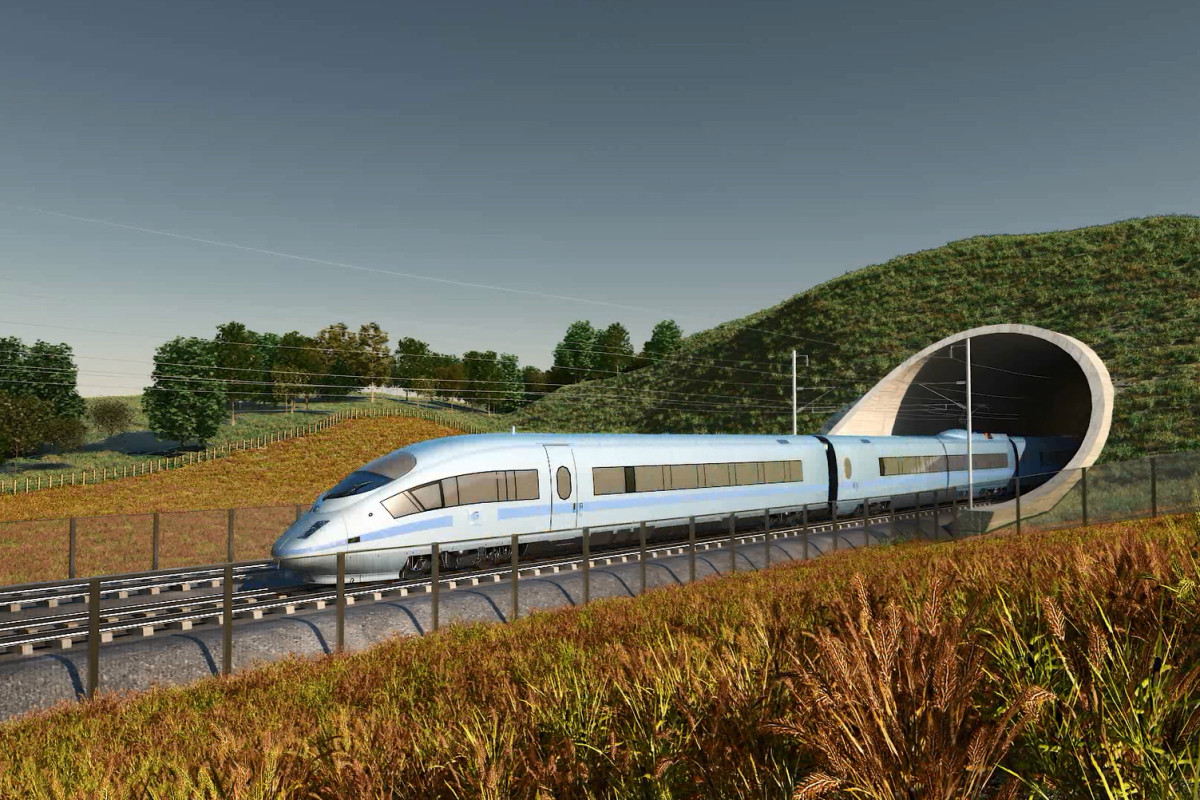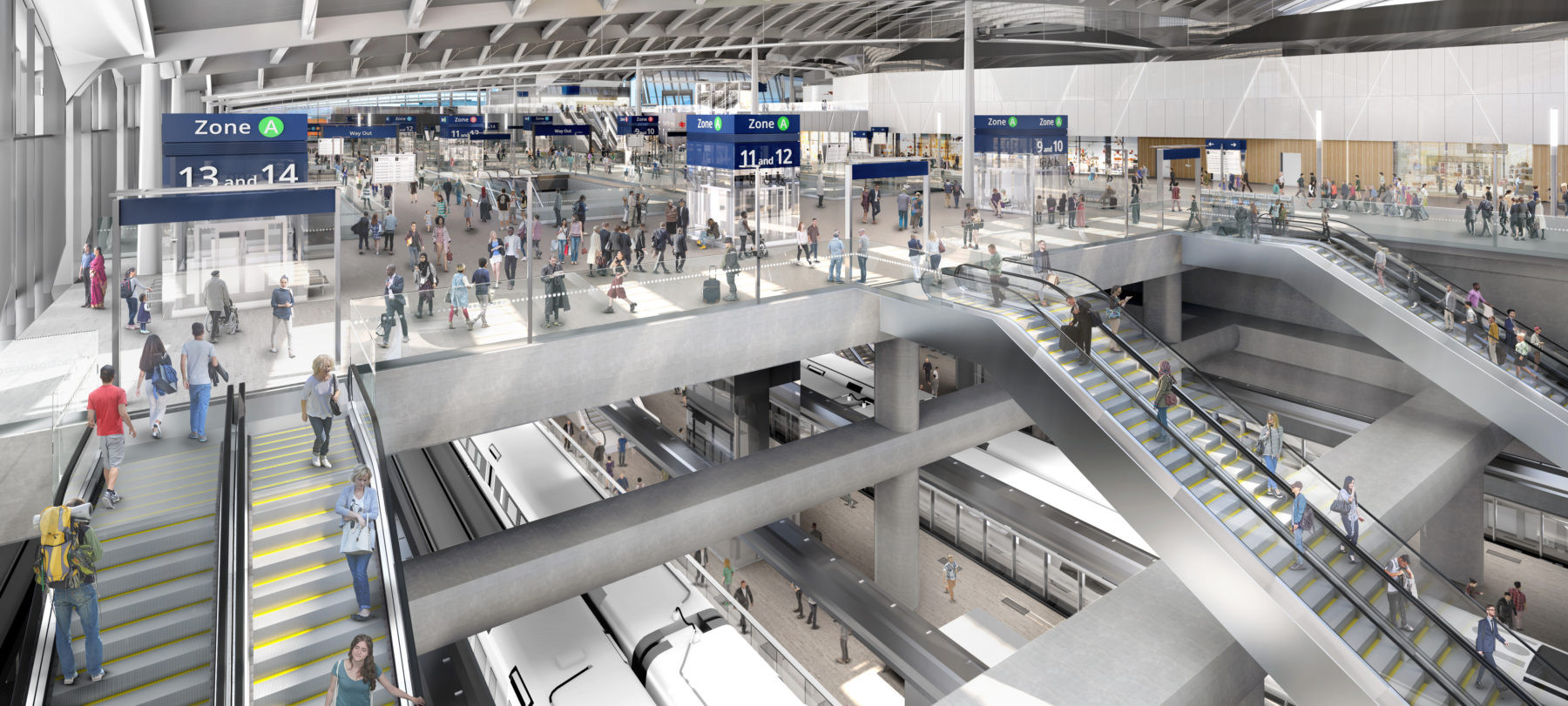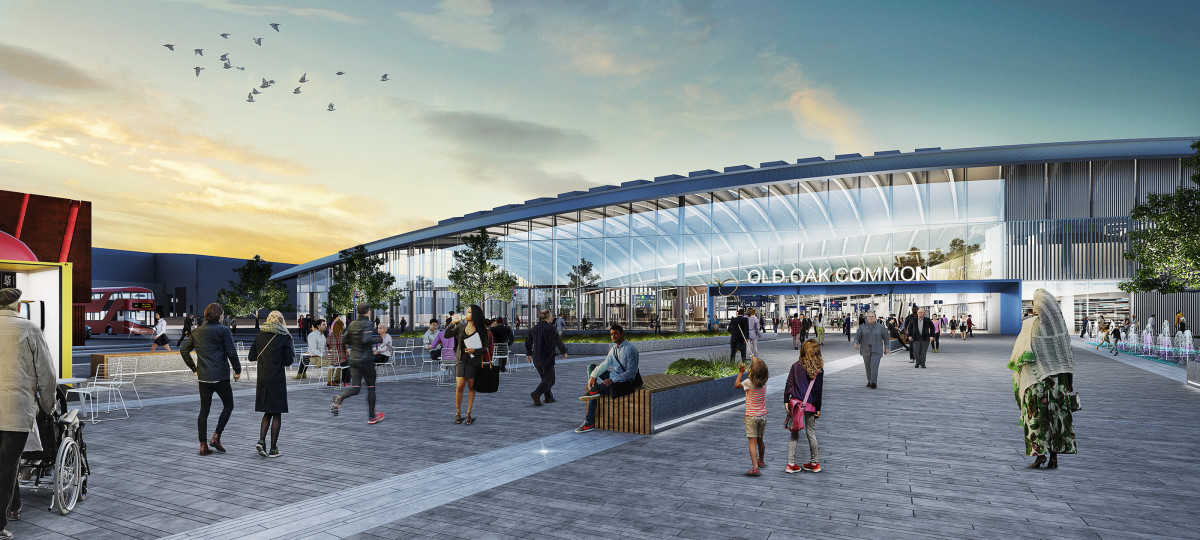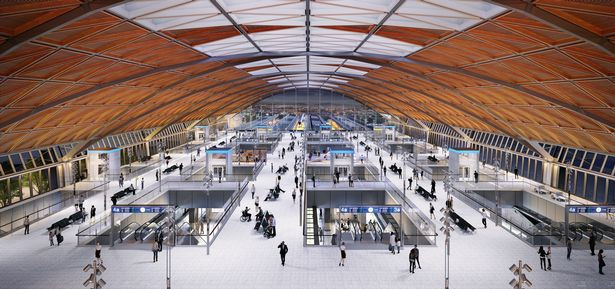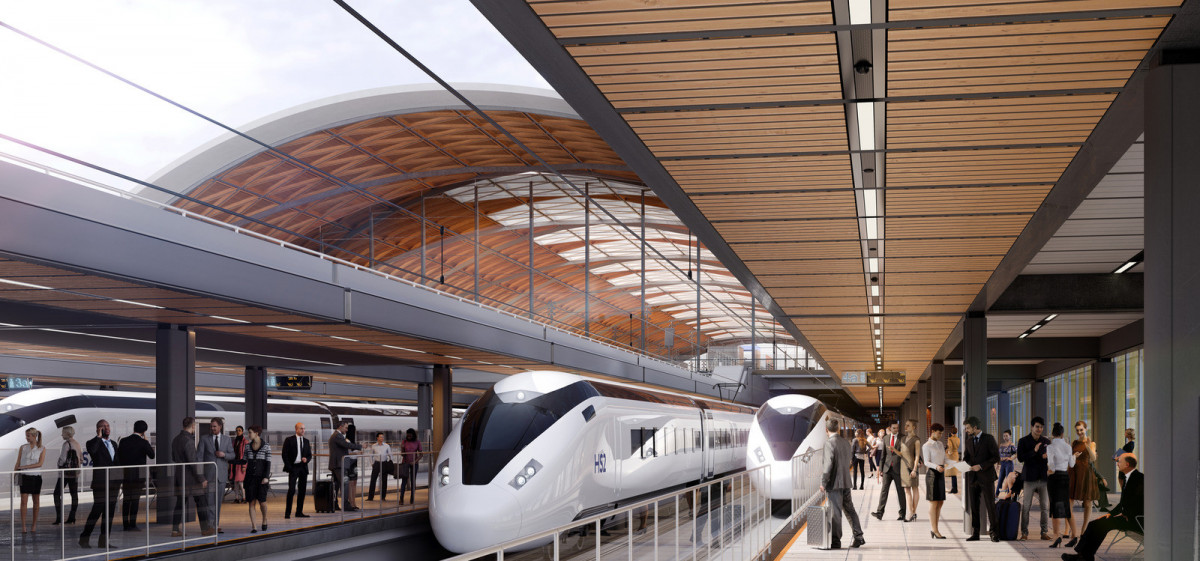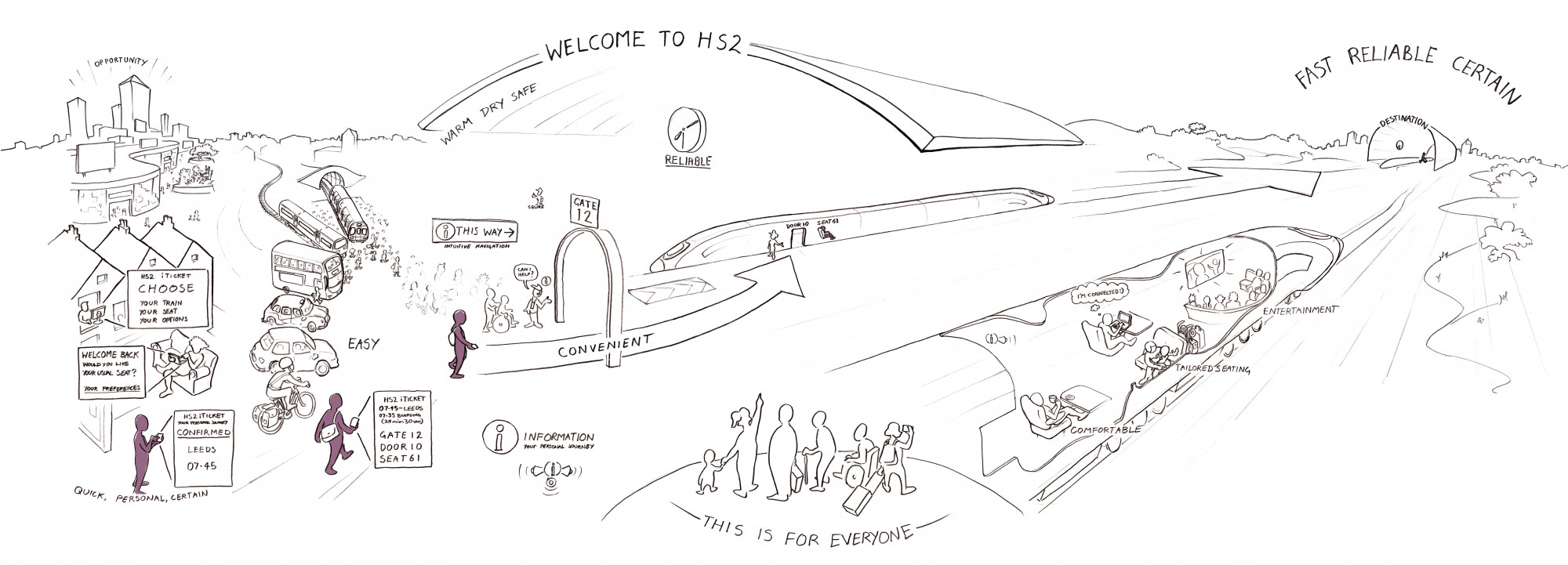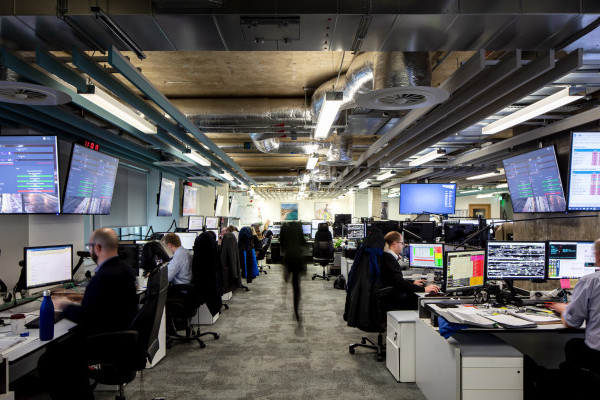The Vision
The Passenger Experience Strategy works alongside the Big Picture Vision, which Mima wrote as an overarching narrative for the project to ensure that the needs of passengers are identified and prioritised through the design process.
Designing the service and experience
When designing the service and experience, we used design thinking methods such as personas, journey maps and service principles to understand what the ultimate HS2 experience might look like in the eyes of the passenger.
We met and interviewed passengers, staff and experts at several major London and Birmingham Stations. Experience audits on comparative journeys in Leeds, London, HS1 and Denmark helped us to understand the experience across different networks.
To deeply understand the needs, attitudes and behaviours of passengers, we ran group sessions with a range of passenger demographics.
The strategy defined passenger needs throughout their journey and set out the key service principles that HS2 would look to implement. Our ethnographic research has also identified a set of key traveller behaviours which underpin the user personas used by the project.
From the analysis of this research, we identified clear themes that were of the highest importance to the passenger, these were:
Get the basics right: things that are fundamental to the experience, such as safe and secure services and good value for money.
Time: for passengers, time is currency, and reliability of service and feeling of progress are highly important to passengers.
Joined-up journey: the door-to-door passenger experience.
High-performing passengers: enabling passengers to be at the right place, at the right time.
Passenger information: give passengers the info they need, when they need it.
Connected me: ability to stay connected.
The romance of travel: the emotional aspects of travel.
Added Value
Our strategic input helped to realise a key theme for the project. We were able to define the kind of service HS2 intends to deliver, and what that means for passengers as the project moves forward.
Descriptions of core principles were developed that can be referenced as the project proceeds and design decisions are made. Our output ultimately laid out the design of the experience and service vision for HS2, ultimately keeping passengers at the core of HS2.
Continued Engagement
We were engaged by WSP to further develop passenger experience and wayshowing strategies and design with HS2 on Old Oak and Birmingham Curzon Street.
HS2 have a vision to provide a seamless end-to-end journey experience, putting customers at the centre of all decision making.
Mima’s wayshowing and human factors teams worked closely together to understand the needs and behaviours of all passengers, including inclusive and accessible design.
This helped guide HS2’s experience vision, originally developed by Mima (above), and enabled a strategy where all customers are considered, journeys are joined-up, and passengers are delighted from day one.
The strategy highlights the main principles and opportunities for wayshowing at Old Oak Common Station and Birmingham Curzon Street stations, set to open in 2026, that will be used to inform the future design process as it progresses and keep passengers at the core of HS2.
Technology is developing at a speed that, by 2030, will mean significant changes to the way we travel, live, and work.
The same will be true for how we experience and navigate spaces –a factor that was key to our considerations when developing the strategy.
The strategy examines the passenger experience of 2030 and beyond to make sure that the station is ready for the needs and expectations of customers of the future by shining an innovative and future-thinking lens into how all types of passengers will experience their surroundings.
Fundamentally, it provides a multi-layered passenger and wayshowing experience that accommodates user needs, allowing passengers to feel in control of their own journeys.
With a focus on delivering unparalleled levels of service to passengers of the future, the strategy reflected the HS2 passenger’s digital wayshowing experience-easing and tailoring customer journeys by combining all stages from booking tickets to finding your seat on the train.
We conducted in-depth research into new and emerging technologies that will be the norm in 2030 and reflect how these can be incorporated into the passenger journey.
We developed a toolkit within a VR model which allowed us to validate our strategy in the context of the station environment. Whilst it was key to consider future technologies, evidence suggests that around 10% of all passengers will not have access to any form of digital devicesat any given time.
The passenger experience at OOC and BCS needed to be complimented by technology, but navigable regardless, delivering the right information at the right time–one of the key principles set out in the HS2 Passenger Experience Strategy and Big Picture Vision.
Working closely with the architects and design team at WSP, the strategy describes the unique challenges faced at both stations whilst maintaining the overarching principles set by the HS2
Concept of Experience.
It highlights opportunities to develop a station-wide wayshowing design whilst allowing the scheme to reflect and sit within each individual station.
The design of the HS2’s Old Oak Common and Curzon Street stations strategy forms the building blocks that will underpin the design of the physical and digital products that will eventually create a seamless and enjoyable passenger journey experience throughout the whole of HS2.
